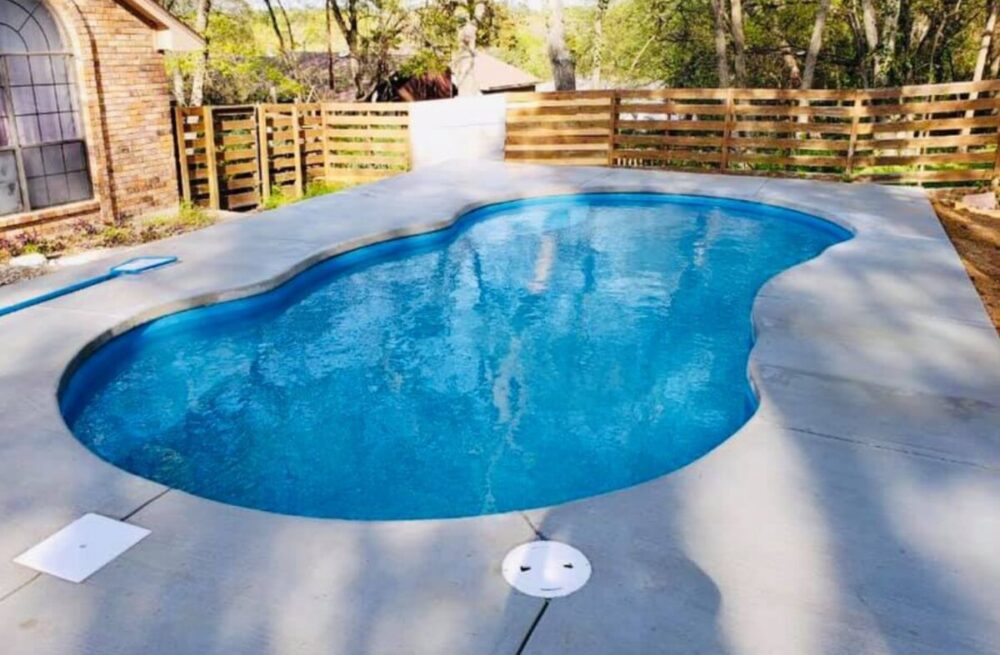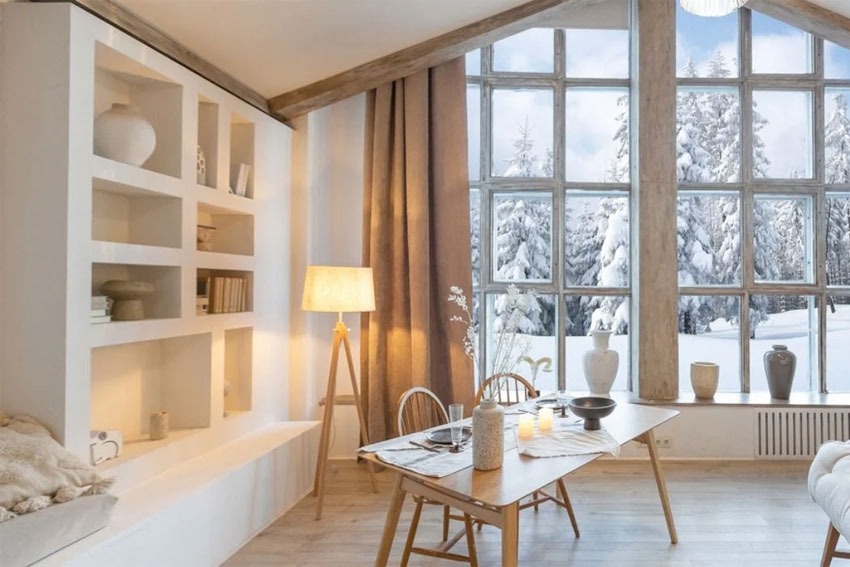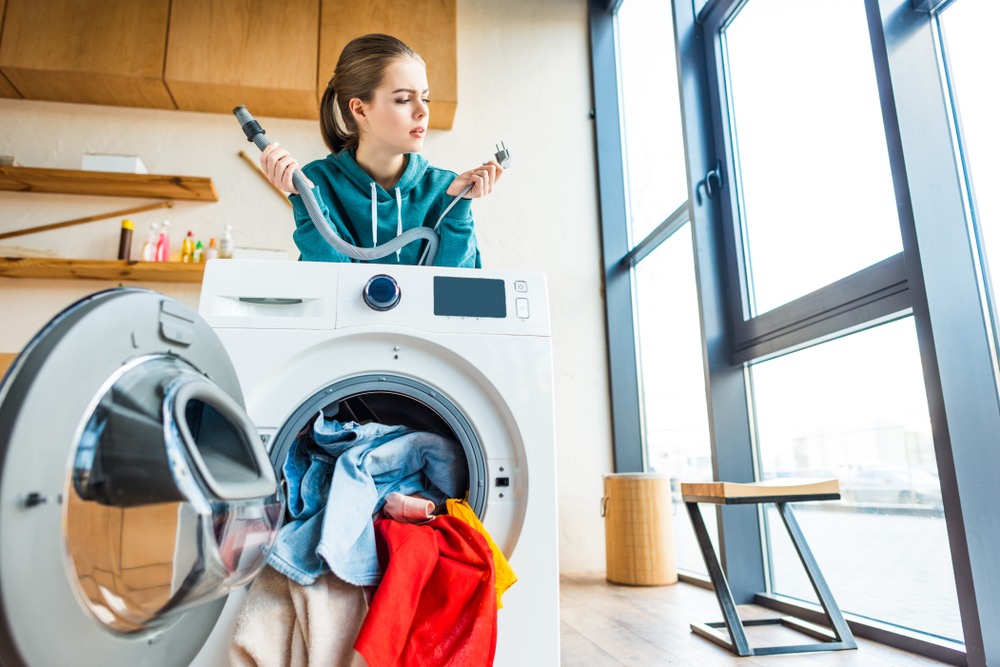Having a place to relax and cool down during a hot summer afternoon is something that everyone would enjoy. Arguably, there is no better way to refresh yourself and chill out after a long day, than to hop in for a swim in your pool. Swimming pools are not as uncommon as they have been in the past. One of the reasons behind it is that it is more affordable than ever to install one and on top of that they raise the value of your property if you ever decide to part ways with it.
There are several different types of pool as far as construction goes. There are concrete, vinyl liner and fiberglass pools. Today we are going to go over some of the things you should know about fiberglass pools if you do decide to opt out for said kind. We’ll start with the basics, making sure that if you are new to this, you get the complete picture without anything being looked over.
1. Definition of a fiberglass pool
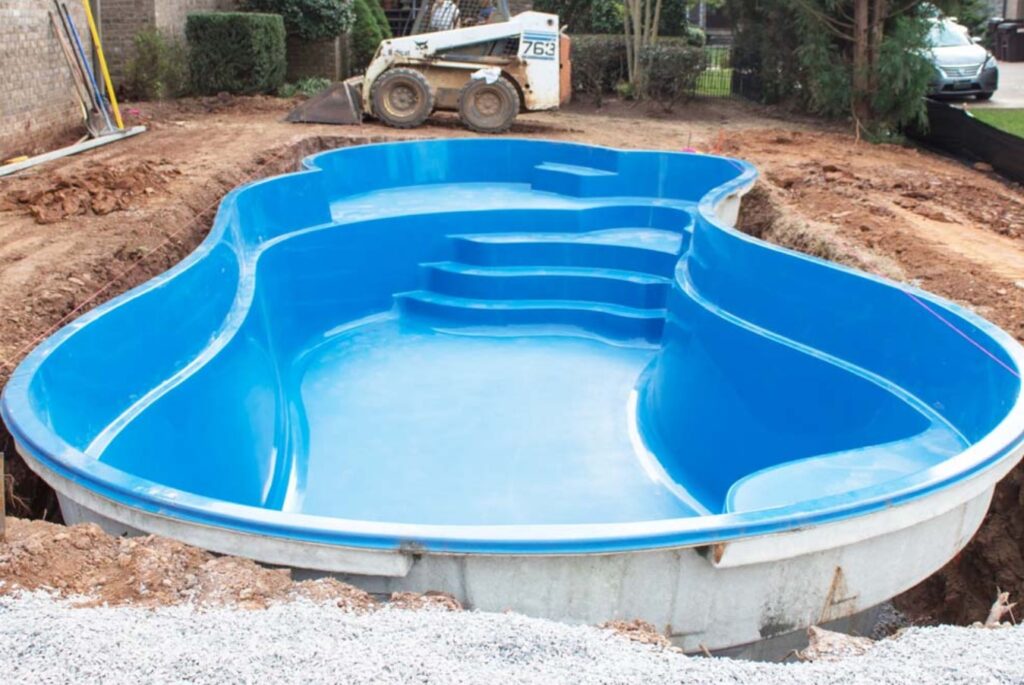
First off, let’s make the distinction between fiberglass and the others. Unlike, for example, a concrete pool, a fiberglass pool is not made on site. They are pre-built, single piece pools that are inserted and installed in the ground. The name can be a little bit misleading, but the fibreglass isn’t the only thing that the pool is made of. They are actually made out of several layers fused together, which provide a long lasting, durable item. They do come in several different shapes and forms, but are not customizable in a way that a concrete pool is, because they are made in accordance to a pre-existing mold.
2. How much does it cost?
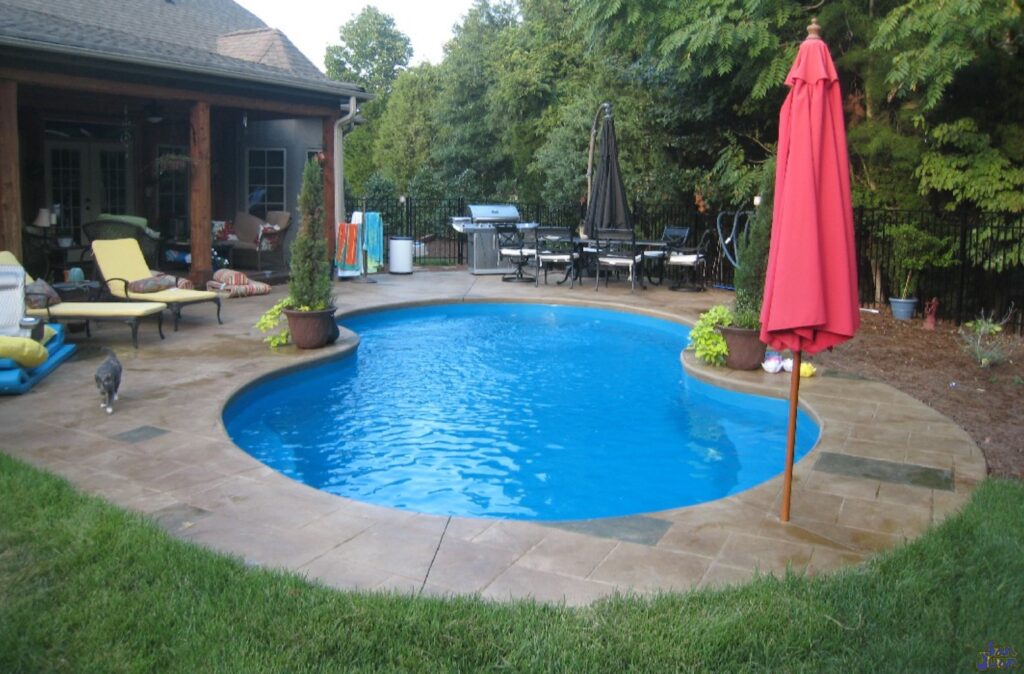
Prices of a fiberglass pool vary, depending on several factors and it may range from as little as $14,000 up to $100,000. That should give you a perspective as to what an average pool may cost. With that being said, let’s take a look at the main factors that determine the value of a pool.
First off, a portion of the price is determined based on a pool shell. A pool shell is essentially how your pool looks. Price will vary depending on the size of it, quality of the build and additional features of the shell. As far as additional features go, they could be anything from stairs, railings, ledges etc.
The rest of the cost is actually the installation of the pool. This will usually come up to about 30 or 40% of the total sum. This covers everything from digging, placing and securing the shell, plumbing, installing filters and so on.
3. Durability
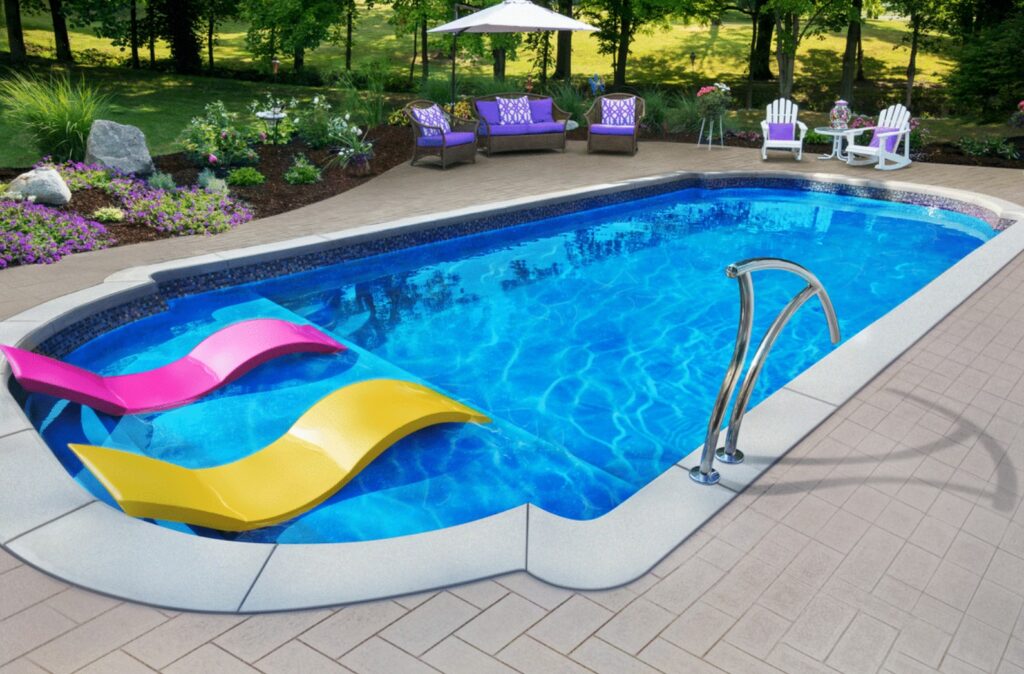
A great thing about these pools is that it will practically last you as long as a house. With proper care and maintenance you can easily expect these pools to last over 60 years. Unlike concrete or vinyl pools, they do not require any heavy maintenance other than a coating replacement every 12-13 years or so. If you think about it, there are not many things that require a touch up so rarely. Therefore, big thumbs up for them!
4. Maintenance
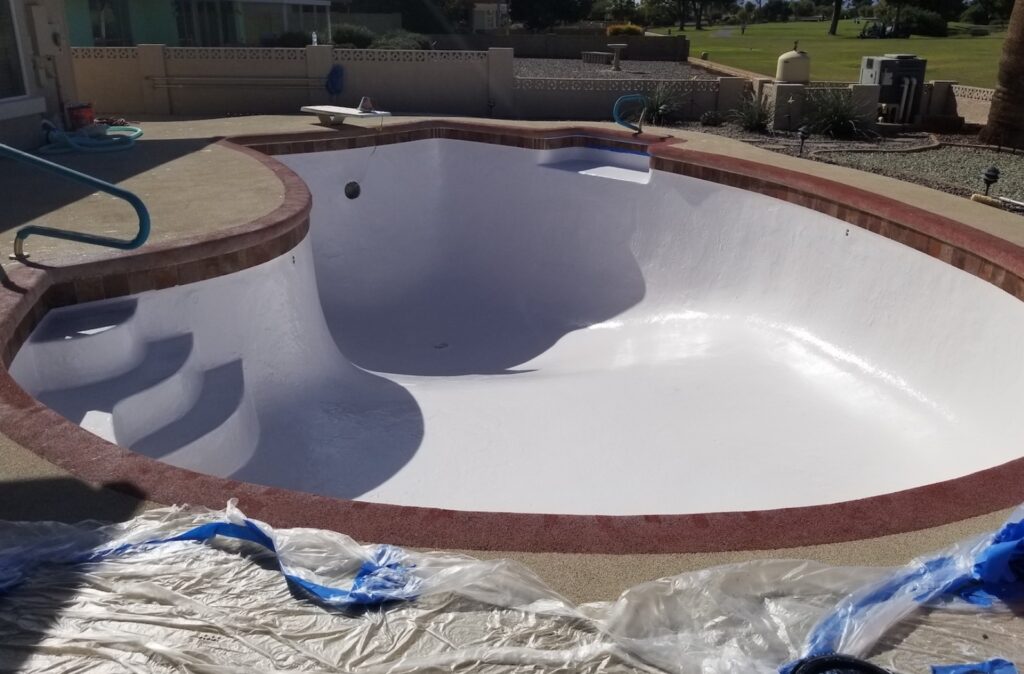
Like we’ve previously mentioned, these things are as very easy to care about and that is putting it mildly. Compared to other types of pools, these require little to no attention. Of course, this does not mean you could just fill them up and forget about them, absolutely not. These things are gel coated. What that allows them to do is be completely algae and bacteria resistant. How? Well, it’s a completely flat surface, like glass, which does not absorb any of the chemicals or water and it doesn’t allow anything to latch onto it, so to say. This does not mean you should not keep your water chemically balanced, you definitely should. It just means that the amount of chemicals used is far lesser comparing to others. Also, you will never brush or scrape your pool walls since it’s virtually impossible for anything to stick to it.
5. What is it made of?
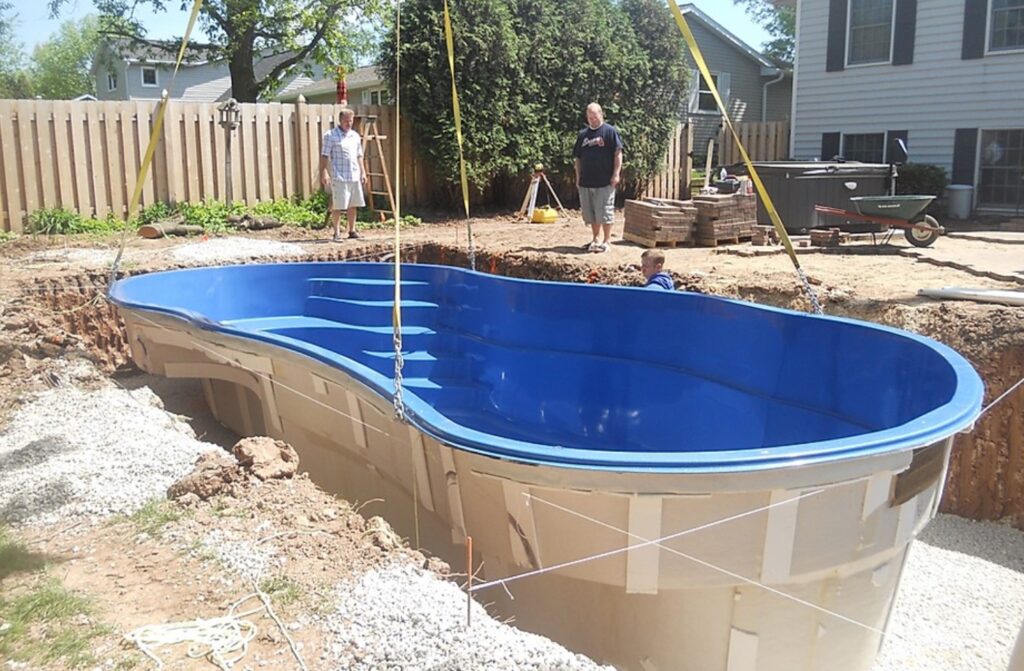
We’ve mention that the fiberglass pools are composed out of several layers. Not to bore you with too much technicalities, there are at least 6 layers, each one complimenting one another and composing a quality fibreglass pool. If however, you are interested in understanding structural composition and what makes a quality pool you may visit donehuesleisure.com.au and check it out.
6. How are they made?
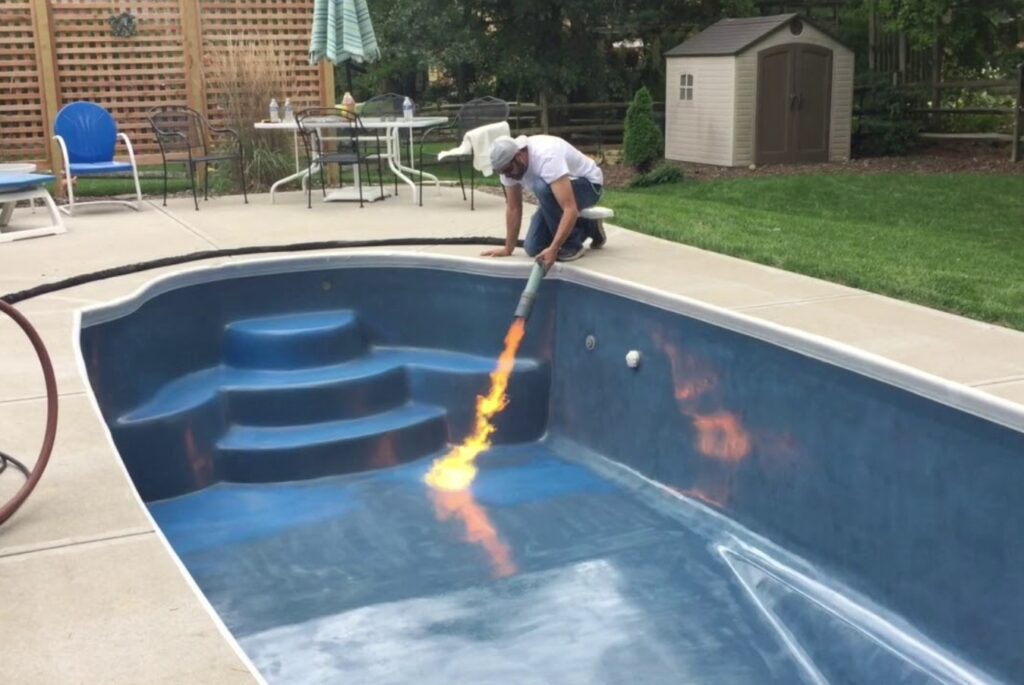
As previously mentioned, these pools are factory produced and built from a mold. This makes the pool installation process significantly faster, which we will discuss in a moment because the pool arrives already finished and ready to be placed and installed.
7. How long does it take to install a fiberglass pool?
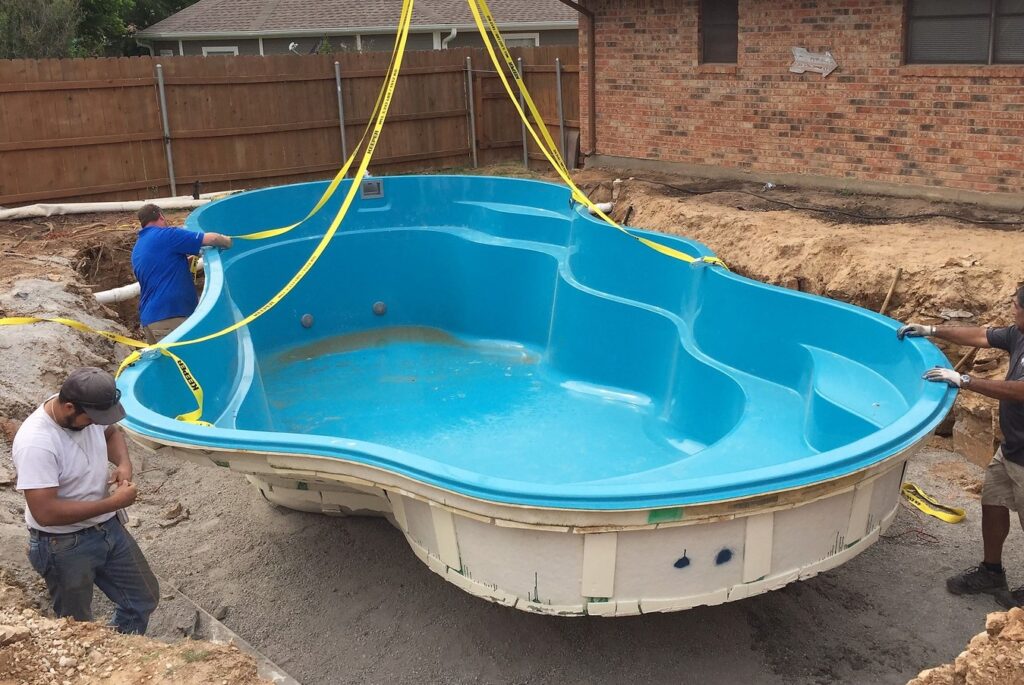
What makes pool set up a long process is the actual building of the pool. Since we know that these ones are actually already made when you decide to get one, that makes this process almost 5 times faster. Usually, it ranges from three months up to half a year to build a concrete pool from scratch, but for a fiberglass pool, that time frame is cut to a mere 40 days on average.
8. Are they crack resistant?
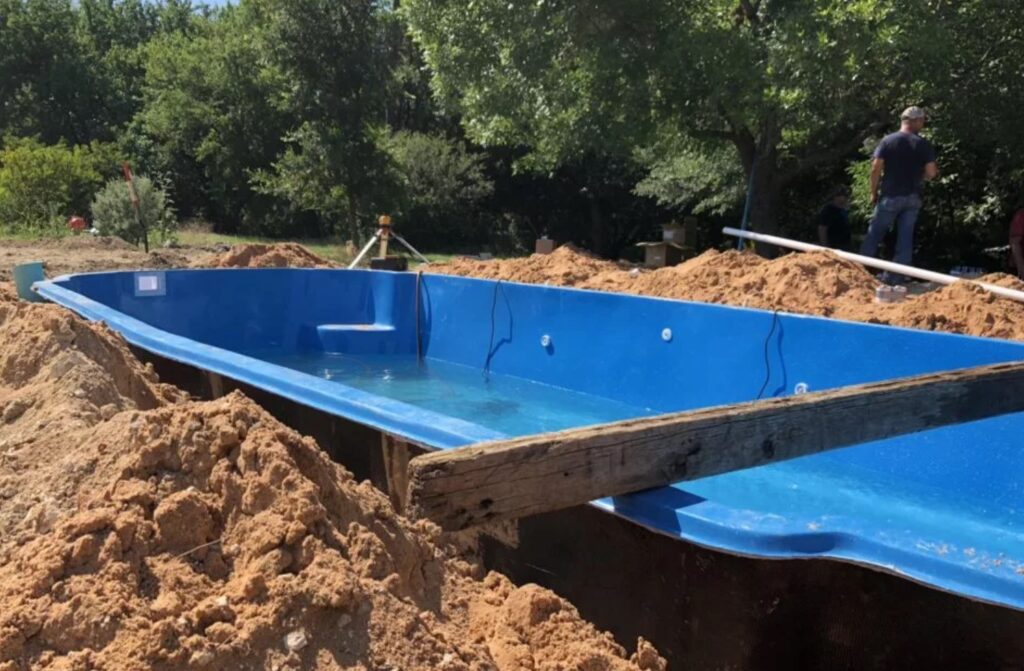
If you’ve familiar with concrete pools, you know that they suffer from a very particular problem and that is – cracks. Concrete pools are bound to crack and there’s no way to prevent it. Fiberglass ones, on the other hand, are built different and thanks to certain flexibility that the nature of the material provides, they are virtually insusceptible to cracks.
9. Are they the most inexpensive option?
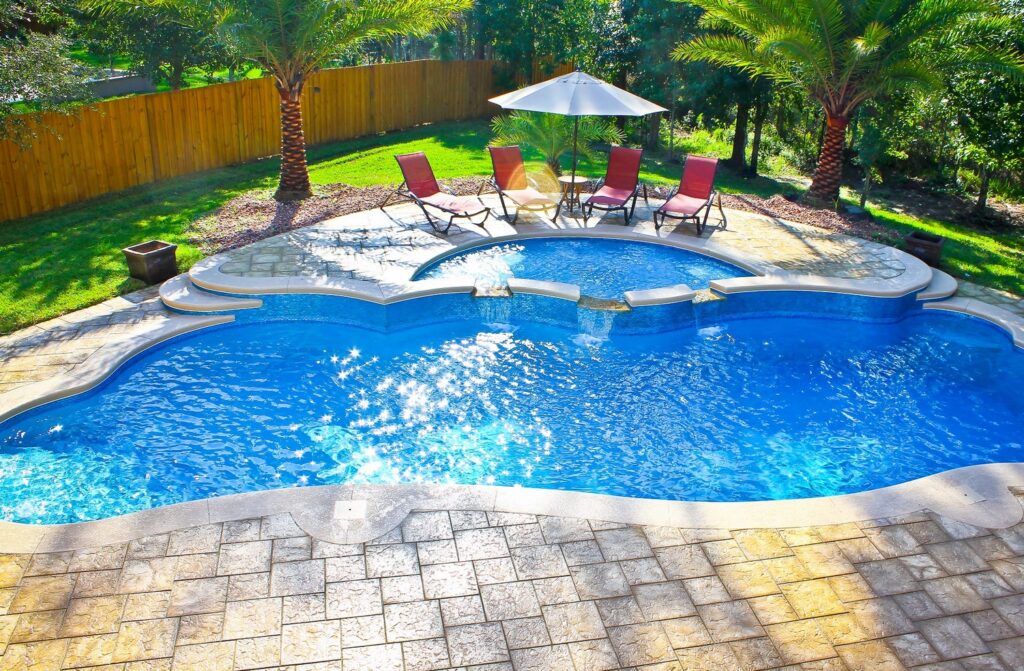
Well, if we consider that the pool is a long term option, then the answer is yes. As far as construction or in this case installation goes, they are the most expensive option out there. However, the way they are made and considering all of the things we’ve mention previously, these are by far the cheapest option in the long run.
10. Are they a good property investment?
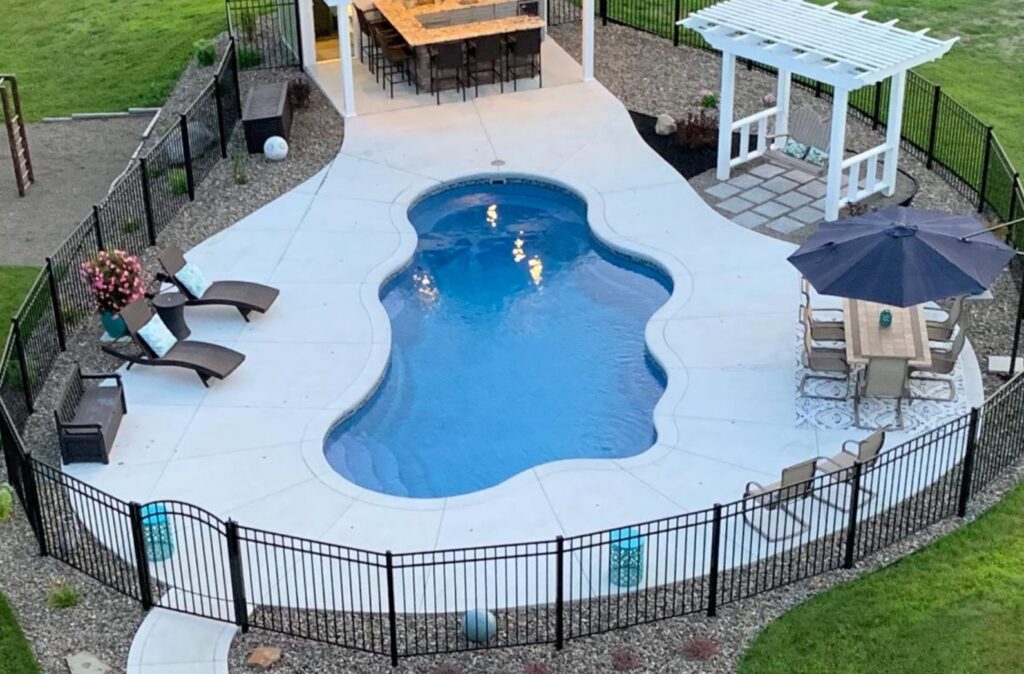
We’ve already established that these are arguably the best option for a pool, but, from a financial perspective, are they a good investment? In a word, yes. The fiberglass pools are getting more and more popular by the year and they are taking over the pool market which has greatly affected the way they’re valued as a part of a property.
Those were the 10 points everybody interested in a pool should be aware of. Now that you’ve read them, it is entirely up to you to decide if this is the right move for you.

